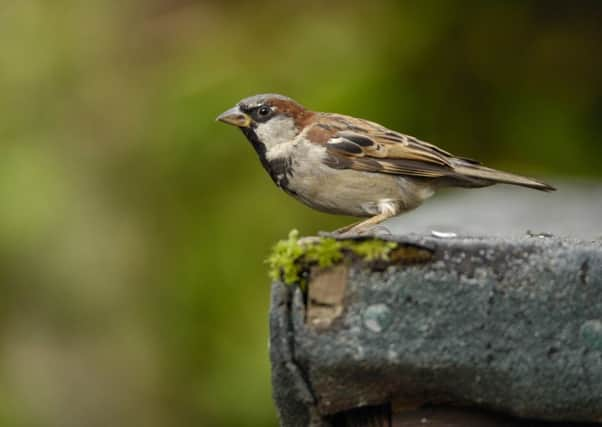House sparrow most spotted bird in Oxfordshire during RSPB Big Garden Birdwatch


This year, 6,794 people in the county took part in the event held on the last weekend in January which sees people counting the number of birds that visit their garden.
The birdwatch allows the RSPB to build up a picture of how the nation’s birdlife is doing. Across the country 450,000 people took part, counting 6.7 million birds, showing an increase in sightings of smaller birds such as the goldfinch (11 per cent), long-tailed tit (16 per cent) and coal tit (15 per cent).
Advertisement
Hide AdAdvertisement
Hide AdIt also proved to be a good year for the greenfinch after a five per cent rise in sightings, a welcome sign for a species that has undergone a 60 per cent decline in sightings since the first survey in 1979.
The influx of these species to gardens is thought to be linked to the favourable conditions during their successful breeding season in 2017.
Daniel Hayhow, RSPB conservation scientist, said: “Our garden birds are a part of our everyday life, whether it’s the robin perched on the garden fence or the flock of starlings you see on your way to work.
“To have hundreds of thousands of people spend an hour watching the wildlife in their garden isn’t only great to see, but it also helps us build up a picture of how our garden birds are doing, which is really helpful.
Advertisement
Hide AdAdvertisement
Hide Ad“Last summer was a really good year for many breeding birds with warm weather creating great conditions for many smaller birds to raise their young to adulthood.
“The rise in sightings of goldfinch, long-tailed tit and coal tit, along with chaffinches and greenfinches, goes to show that in the absence of cold weather they can survive the winter months in good numbers. Looking at the results it is likely that across the UK this is what people are seeing in their garden.”
There was also a dip in the number of recorded sightings of blackbirds, robins and wrens, which fell by 18 per cent, 12 per cent and 11 per cent respectively.
For a full round up of all the RSPB Big Garden Birdwatch results and to see which birds were visiting gardens where you live, visit www.rspb.org.uk/birdwatch.